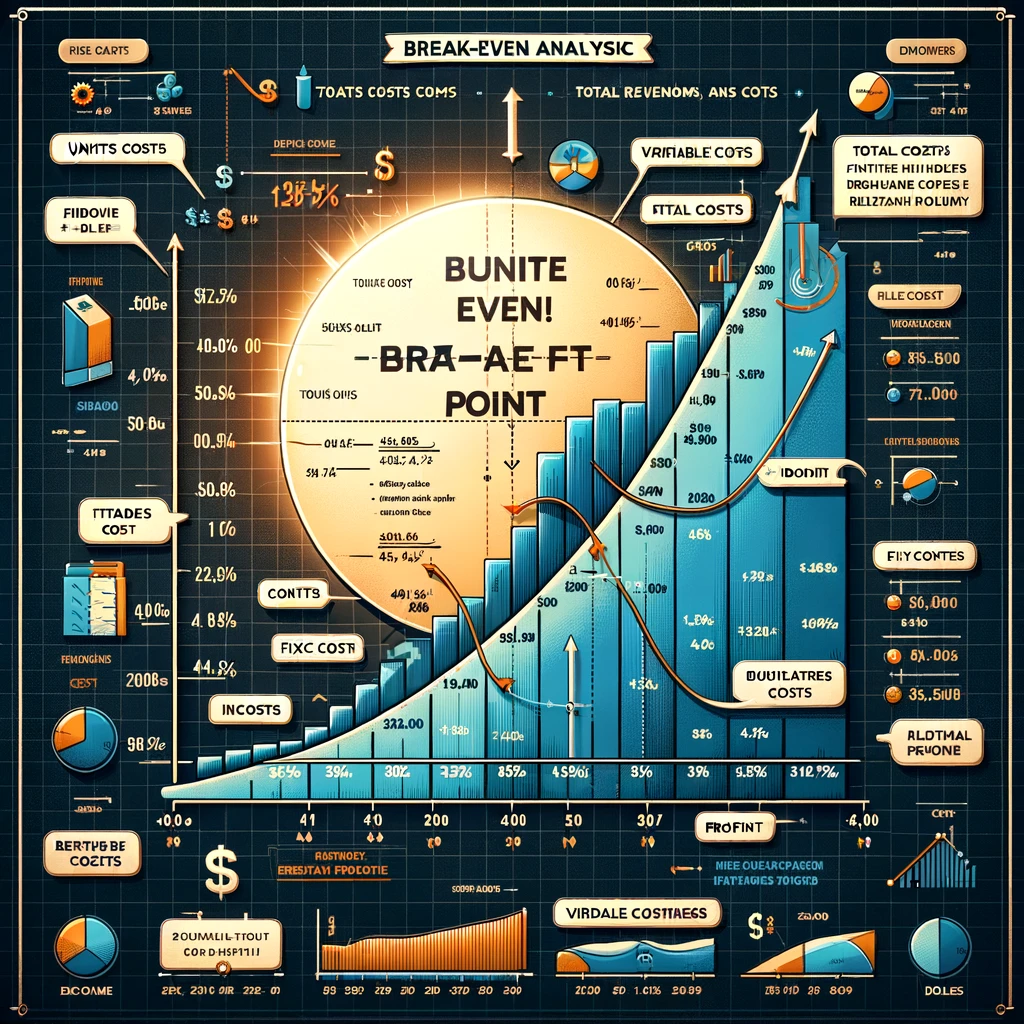|
| Pink’s motivation theory relies on what psychologists call the ‘third drive’. This suggests that businesses need to stimulate the intrinsic motivation which occurs when someone gets satisfaction from an activity itself, without threats or rewards from the outside. He identified three factors of the self-determination theory that motivate people: |
Daniel H. Pink’s motivation theory, centered around the concept of the ‘third drive’ or intrinsic motivation, has significantly influenced contemporary management practices and organizational behavior. This theory posits that beyond basic biological drives and external rewards, individuals are deeply motivated by internal satisfaction derived from the work itself. Pink highlights three essential elements of self-determination theory—Autonomy, Mastery, and Purpose—that he argues are key to unlocking this intrinsic motivation. This comprehensive analysis explores each of these factors, providing an in-depth look at how they influence employee motivation, supplemented by a relevant industry example to illustrate their application in the business world.
Autonomy
Definition: Autonomy refers to the desire to be self-directed, having control over one’s work and the conditions under which it is performed. Pink argues that allowing employees to have autonomy over their tasks, time, team, and technique can significantly boost motivation and creativity.
Advantages:
- Increased Innovation: Autonomy encourages creativity, as employees feel empowered to explore new ideas and approaches.
- Enhanced Job Satisfaction: Autonomy often leads to higher job satisfaction, as employees take ownership of their work.
- Improved Productivity: Employees who feel autonomous are more likely to be engaged and productive.
Disadvantages:
- Potential for Misalignment: Without clear goals and communication, autonomy can lead to efforts that are misaligned with organizational objectives.
- Varying Levels of Readiness: Not all employees may be ready or able to handle the responsibility that comes with autonomy effectively.
Industry Example: Google’s ‘20% Time’ policy allows employees to spend one day a week working on projects that interest them, outside of their regular tasks. This autonomy has led to the development of significant products, including Gmail and AdSense, demonstrating how autonomy can foster innovation and motivation.
Mastery
Definition: Mastery is the urge to get better at doing things that matter. It involves providing employees with opportunities to develop expertise in areas they are passionate about, through challenging yet achievable tasks.
Advantages:
- Skill Development: Employees continually develop their skills, contributing to personal and organizational growth.
- Increased Engagement: Working towards mastery keeps employees engaged and committed to their roles.
- Attraction and Retention of Talent: Organizations that invest in their employees’ mastery become more attractive to potential and current employees.
Disadvantages:
- Resource Intensiveness: Providing opportunities for mastery can require significant time and resources.
- Risk of Overemphasis on Individual Goals: Focusing too much on individual mastery may detract from team objectives or organizational goals.
Industry Example: Pixar Animation Studios’ dedication to mastery is evident in its extensive training and development programs, such as Pixar University, which offers courses and workshops to employees. This commitment not only improves individual skills but also contributes to the studio’s reputation for excellence.
Purpose
Definition: Purpose is the understanding that one is contributing to something larger than oneself. Pink emphasizes that individuals are motivated when they perceive their work as meaningful and contributing to a greater cause.
Advantages:
- Increased Motivation: Employees motivated by a sense of purpose are more driven to contribute their best work.
- Stronger Company Culture: A shared sense of purpose can strengthen organizational culture and unity.
- Better Customer Alignment: Companies with a clear purpose often find better alignment with customer values and needs.
Disadvantages:
- Challenges in Defining Purpose: Not all businesses have a clear, compelling purpose beyond profit.
- Potential for Cynicism: If employees perceive a disconnect between stated purpose and actual practices, it can lead to cynicism and disengagement.
Industry Example: Patagonia, the outdoor clothing company, has built its brand around environmental sustainability and activism. By making its purpose clear, Patagonia not only motivates its employees who share similar values but also attracts a loyal customer base.
Conclusion
Daniel Pink’s theory on motivation presents a compelling framework for understanding how businesses can cultivate environments that foster intrinsic motivation through autonomy, mastery, and purpose. While each element offers significant benefits to employee motivation and organizational performance, they also pose unique challenges that require careful implementation and balance. Industry examples from Google, Pixar, and Patagonia illustrate the practical application and impact of these motivational factors, demonstrating their relevance and effectiveness in enhancing employee satisfaction and productivity. For students of IB Business & Management, comprehending and applying Pink’s motivation theory is essential for developing strategies that not only drive performance but also align with the intrinsic motivations and values of their workforce.
Frequently Asked Questions: Daniel Pink's Motivation Theory
Daniel Pink, in his book "Drive: The Surprising Truth About What Motivates Us," argues that traditional, extrinsic motivators (like rewards and punishments - what he calls "Motivation 2.0") are often ineffective or even harmful for tasks requiring creativity, problem-solving, and higher-level cognitive skills.
Instead, he proposes that true motivation for such work comes from within, driven by intrinsic factors. This is his "Motivation 3.0" framework.
Pink identifies three core elements of intrinsic motivation:
- Autonomy: The desire to direct our own lives. This means having control over what we do, when we do it, how we do it, and who we do it with (Task, Time, Technique, Team).
- Mastery: The urge to get better and better at something that matters. This involves continuous learning, practice, and pushing one's skills to higher levels.
- Purpose: The yearning to do what we do in the service of something larger than ourselves. Connecting work to a bigger cause or meaning provides powerful motivation.
Traditional motivation often relies on external rewards (like bonuses, promotions) or punishments ("do this or you're fired"). Pink argues that while these "carrot and stick" methods can work for simple, algorithmic tasks, they are counterproductive for complex, creative, or conceptual work. Intrinsic motivation, focusing on autonomy, mastery, and purpose, taps into deeper psychological needs, leading to greater engagement, creativity, and long-term performance for these types of roles.
Pink's theory emphasizes intrinsic drives for better performance and satisfaction.






